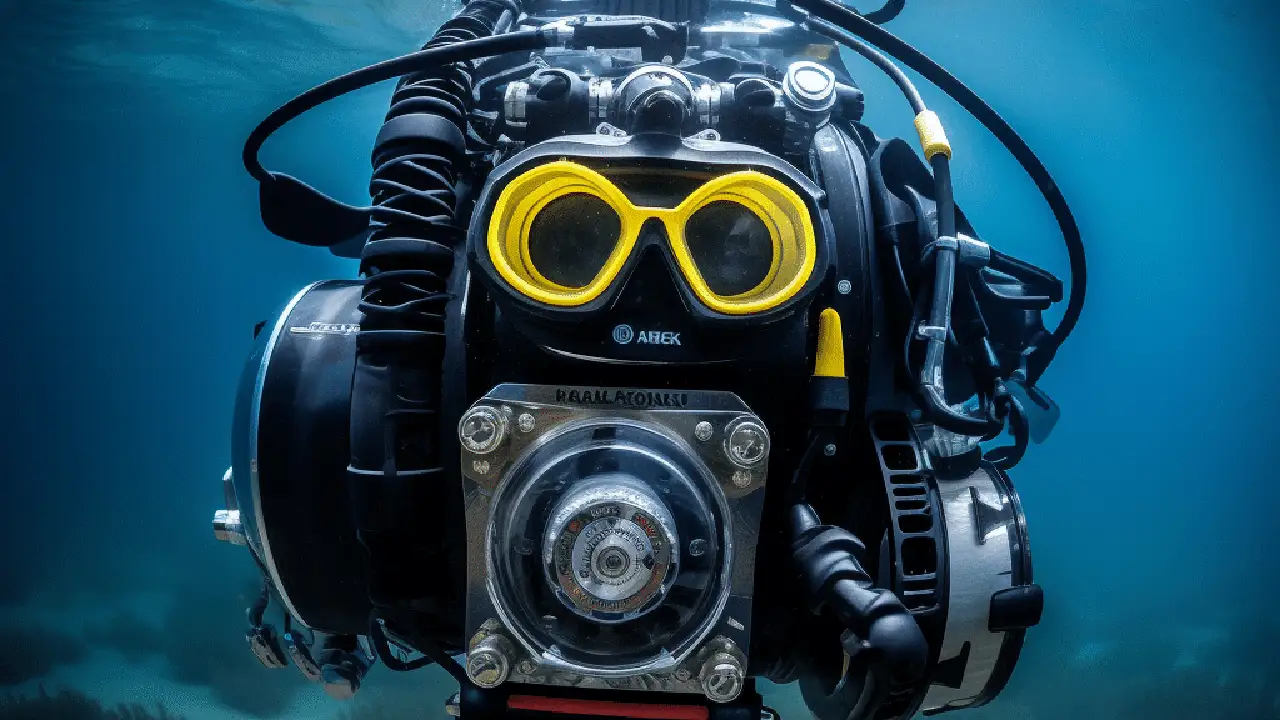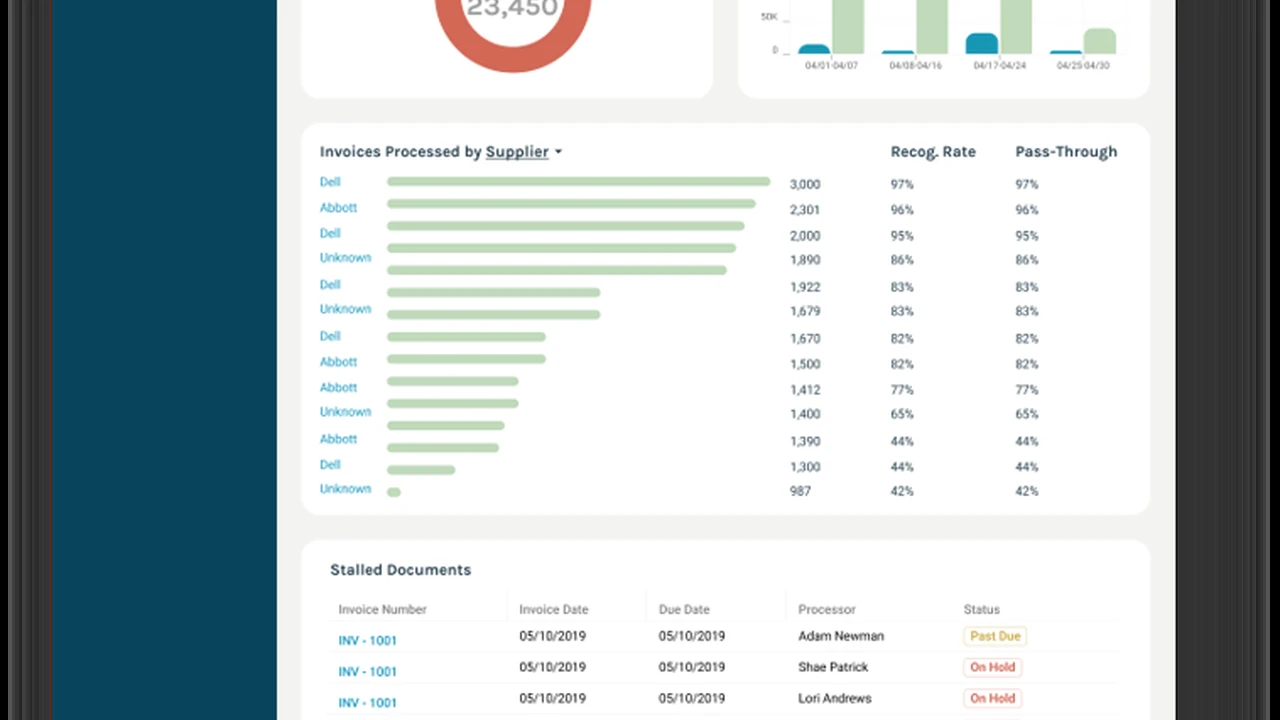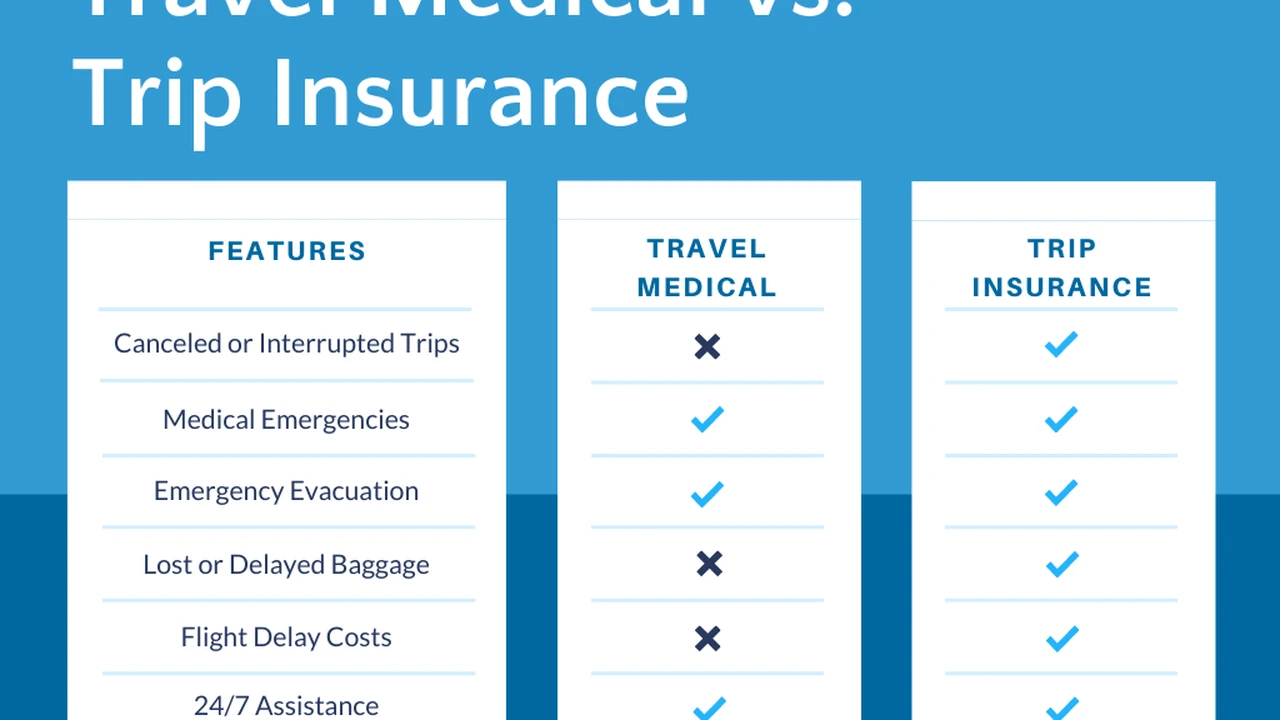Dive Insurance for Underwater Photography: Protecting Your Gear

Protecting your underwater photography equipment is crucial for any serious diver. This article explores dive insurance options that cover your gear against damage and loss. We'll compare policies, discuss usage scenarios, and provide pricing details to help you make an informed decision. This is your guide to ensuring your valuable underwater photography equipment is protected so you can focus on capturing stunning images beneath the waves.
Why You Need Dive Insurance for Underwater Photography Equipment
Underwater photography gear isn't cheap. Cameras, lenses, housings, strobes – it all adds up. And the underwater environment is inherently risky. Saltwater, pressure, and potential accidents can easily damage or destroy your equipment. Standard travel insurance often doesn't cover specialized dive gear, or it may have low coverage limits. That's where dedicated dive insurance for underwater photography comes in.
Imagine this: you're on a dream dive trip in the Maldives, capturing breathtaking images of manta rays. Suddenly, a strong current knocks you against a coral reef. Your camera housing cracks, and saltwater floods your expensive camera. Without proper insurance, you're looking at a hefty repair bill or even complete replacement costs. Dive insurance specifically designed for underwater photography can save you from this financial nightmare.
What to Look for in Dive Insurance for Underwater Photography
When choosing dive insurance for your underwater photography equipment, consider these key factors:
* **Coverage Limits:** Ensure the policy covers the full replacement value of your gear. Add up the cost of your camera, lenses, housings, strobes, and other accessories. * **Coverage Type:** Look for "all-risk" coverage, which protects against accidental damage, theft, and loss. Some policies may exclude certain types of damage, such as scratches or cosmetic damage. * **Deductible:** Understand the deductible, which is the amount you'll pay out-of-pocket before the insurance kicks in. A lower deductible means higher premiums, and vice versa. * **Geographic Coverage:** Make sure the policy covers the locations where you plan to dive. Some policies may have exclusions for certain countries or regions. * **Exclusions:** Carefully review the policy exclusions. Common exclusions include pre-existing damage, wear and tear, and damage caused by improper maintenance. * **Claims Process:** Understand the claims process. How do you file a claim? What documentation is required? How long does it take to get reimbursed? * **Reputation:** Choose a reputable insurance provider with a proven track record of paying claims fairly and promptly. Read online reviews and check the company's financial ratings.Top Dive Insurance Providers for Underwater Photographers
Here are some of the top dive insurance providers that offer coverage for underwater photography equipment:
* **DiveAssure:** DiveAssure offers comprehensive dive insurance plans that can be customized to include coverage for underwater photography equipment. They offer various coverage levels and deductible options. Their plans often include medical coverage, trip interruption, and other benefits. * **Usage Scenario:** Ideal for divers who want a comprehensive plan that covers both their medical needs and their equipment. * **Pricing:** Varies depending on coverage level and deductible, but typically ranges from $150 to $400 per year. * **DAN (Divers Alert Network):** DAN is a well-known organization that provides dive accident insurance and membership benefits. While their standard plans may not specifically cover photography equipment, they often have add-on options or partnerships with other insurers that do. * **Usage Scenario:** Suitable for divers who primarily need dive accident insurance but want to add equipment coverage for peace of mind. * **Pricing:** DAN membership starts around $40 per year. Equipment coverage add-ons vary. * **PADI (Professional Association of Diving Instructors):** PADI also offers dive insurance plans, often through partnerships with insurance companies. These plans may include coverage for underwater photography equipment. * **Usage Scenario:** A good option for PADI-certified divers who want a convenient insurance solution through their training organization. * **Pricing:** Similar to DAN, PADI insurance plans and equipment coverage options vary in price. * **World Nomads:** While not specifically dive insurance, World Nomads offers travel insurance that can be customized to cover certain adventure activities, including diving. You may be able to add coverage for your underwater photography equipment, but it's crucial to read the policy details carefully. * **Usage Scenario:** Best for divers who are also traveling and want a single policy that covers a range of activities. * **Pricing:** Varies depending on trip length and coverage options. Expect to pay more for higher coverage limits and additional activities.Specific Product Recommendations and Comparisons
Let's delve into some specific product recommendations and compare their features:
* **DiveAssure Platinum Plan with Equipment Coverage:** This plan offers high coverage limits for equipment (up to $10,000), low deductibles, and comprehensive medical coverage. It's a premium option for serious underwater photographers. * **Pros:** High coverage, low deductible, excellent customer service. * **Cons:** Higher premium. * **Price:** Approximately $350 per year. * **DAN Master Plan with Equipment Rider:** This option combines DAN's dive accident insurance with an equipment rider that covers up to $5,000 in equipment loss or damage. It's a mid-range option that balances cost and coverage. * **Pros:** Reputable organization, affordable, good balance of coverage. * **Cons:** Lower equipment coverage limit than DiveAssure. * **Price:** Approximately $200 per year (including DAN membership). * **World Nomads Explorer Plan with Adventure Sports Add-On:** This plan offers travel insurance with an adventure sports add-on that can cover diving and potentially your equipment. However, the equipment coverage may be limited, so read the fine print. * **Pros:** Comprehensive travel coverage, flexible, can cover other activities besides diving. * **Cons:** Equipment coverage may be limited, not specifically designed for dive gear. * **Price:** Varies depending on trip length and coverage options, but typically ranges from $100 to $300 per trip.Usage Scenarios and Real-World Examples
Here are some real-world scenarios where dive insurance for underwater photography equipment can be invaluable:
* **Flooded Camera Housing:** You're diving in Raja Ampat, Indonesia, known for its incredible biodiversity. A faulty O-ring on your camera housing causes a leak, and saltwater damages your expensive camera and lens. Dive insurance can cover the repair or replacement costs. * **Stolen Gear:** You're on a liveaboard trip in the Bahamas, and your camera bag is stolen from your cabin while you're underwater. Dive insurance can reimburse you for the loss of your equipment. * **Damaged Strobe:** You're diving in the Caribbean, and your strobe gets knocked against a wreck, causing irreparable damage. Dive insurance can cover the cost of a new strobe. * **Lost Equipment:** You're diving in the Great Barrier Reef, and a strong current sweeps away your camera and housing. Despite searching, you can't find it. Dive insurance can compensate you for the lost equipment.Tips for Filing a Claim
If you need to file a claim for damaged or lost underwater photography equipment, follow these tips:
* **Document the Damage:** Take photos or videos of the damage as soon as possible. * **File a Police Report:** If your equipment was stolen, file a police report and get a copy for your insurance claim. * **Gather Documentation:** Collect all relevant documentation, including receipts for your equipment, dive logs, and any repair estimates. * **Contact Your Insurer:** Contact your insurance provider as soon as possible to report the incident and start the claims process. * **Be Honest and Accurate:** Provide honest and accurate information to your insurer. * **Follow Up:** Follow up with your insurer regularly to check on the status of your claim.Protecting Your Investment
Investing in dive insurance for your underwater photography equipment is a smart way to protect your investment and enjoy your diving adventures with peace of mind. By understanding the different types of coverage available, comparing policies, and choosing a reputable provider, you can ensure that you're adequately protected against unforeseen events. So, go ahead and capture those stunning underwater images, knowing that your gear is covered!
:max_bytes(150000):strip_icc()/277019-baked-pork-chops-with-cream-of-mushroom-soup-DDMFS-beauty-4x3-BG-7505-5762b731cf30447d9cbbbbbf387beafa.jpg)






